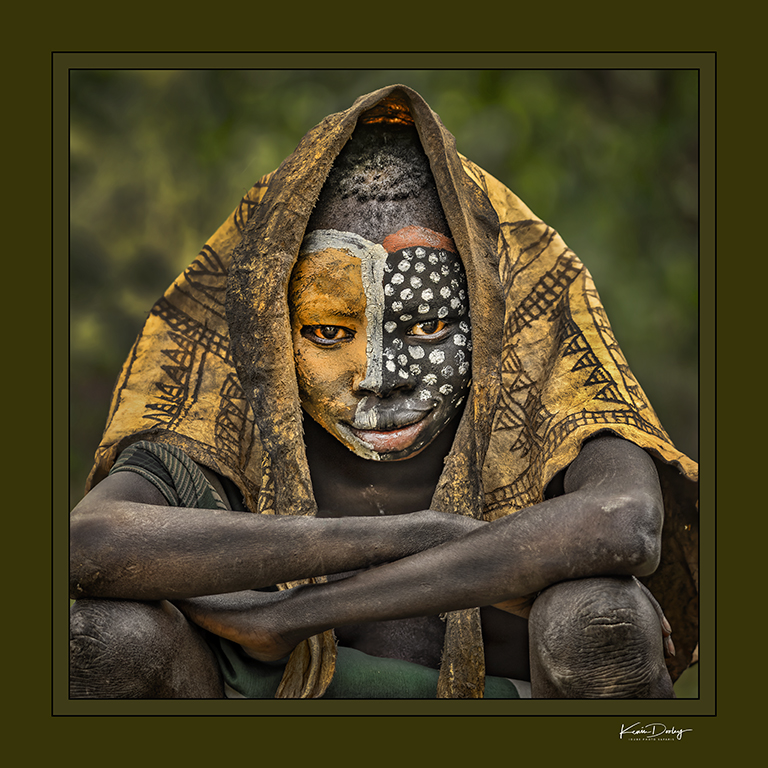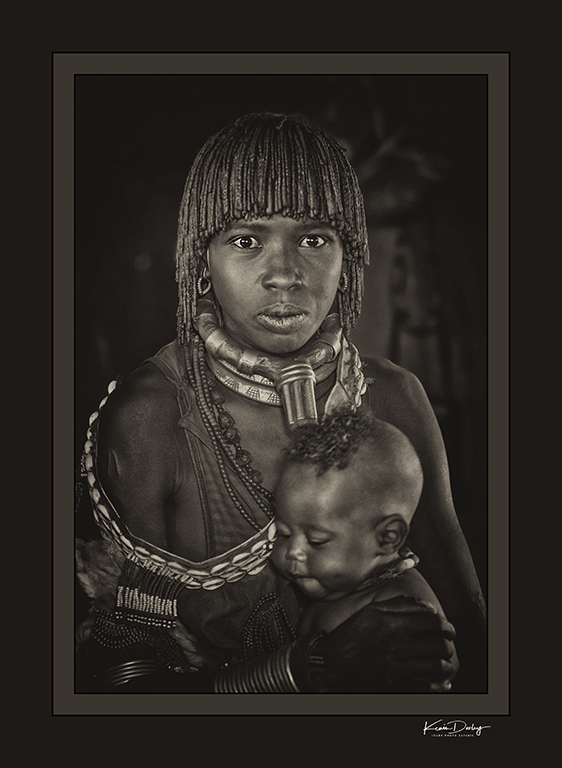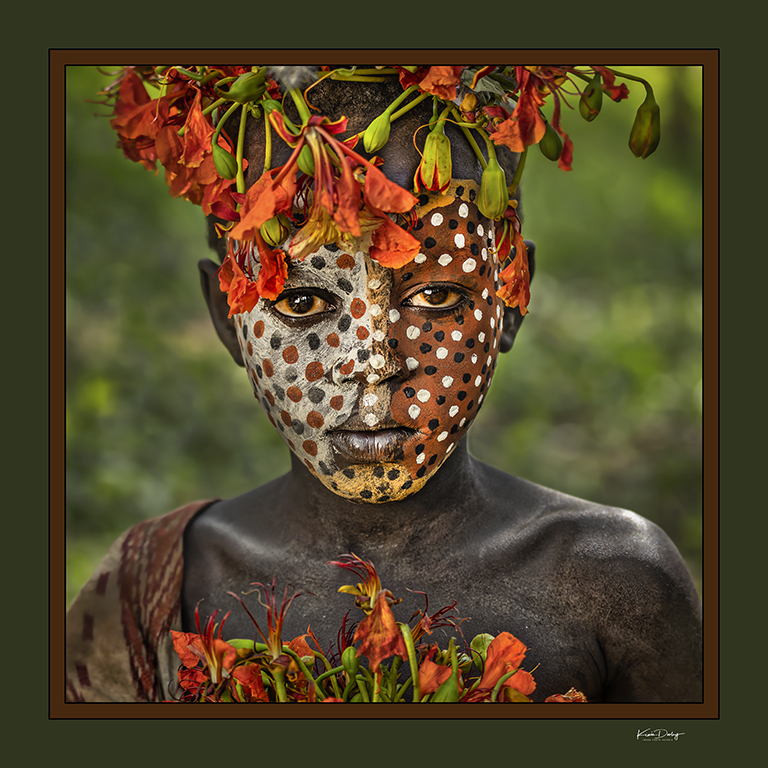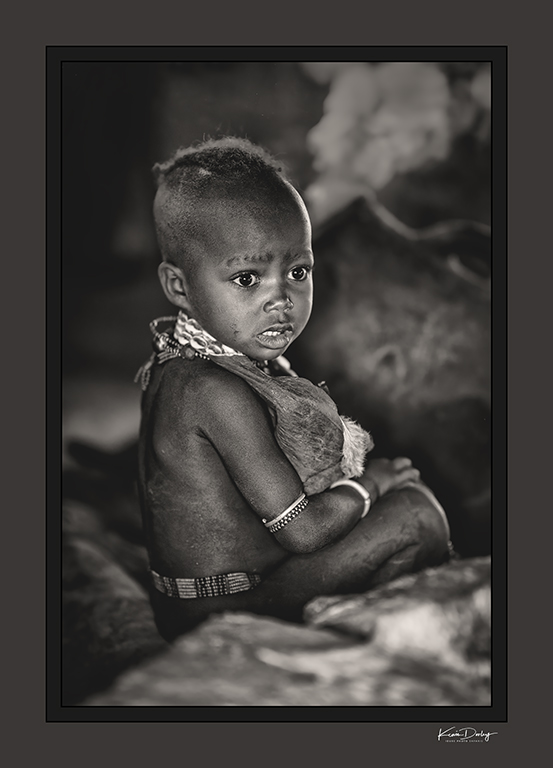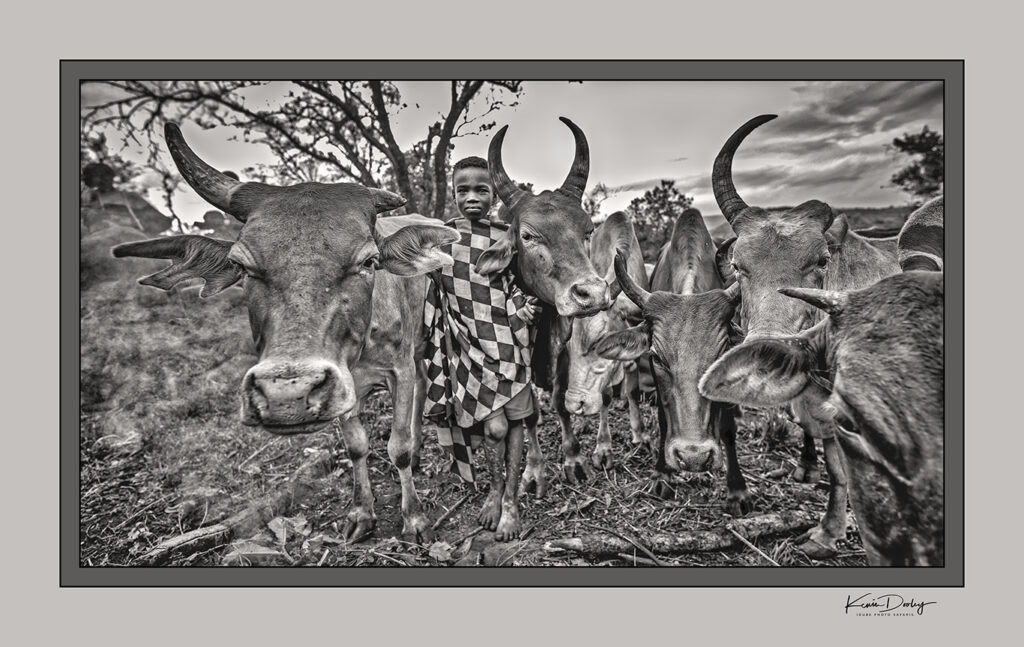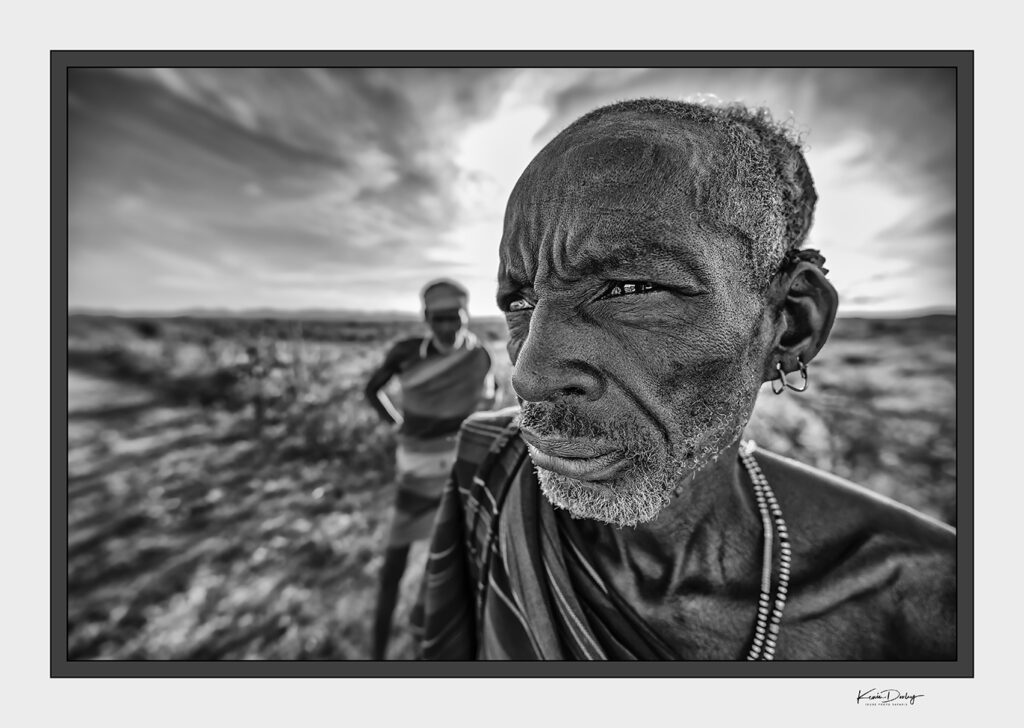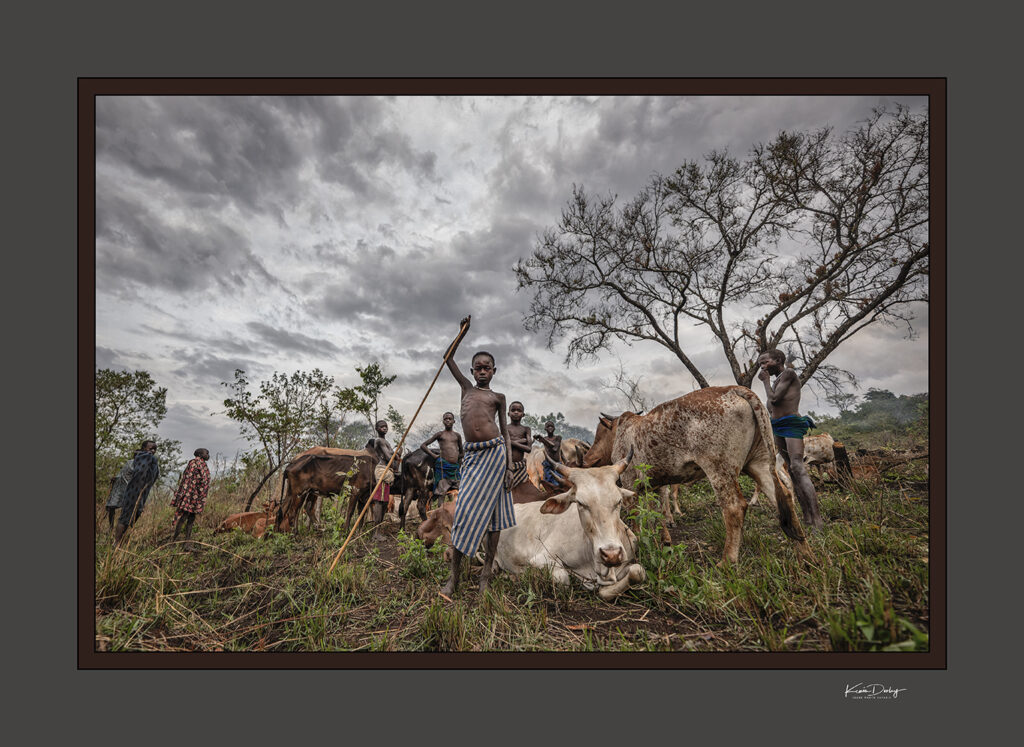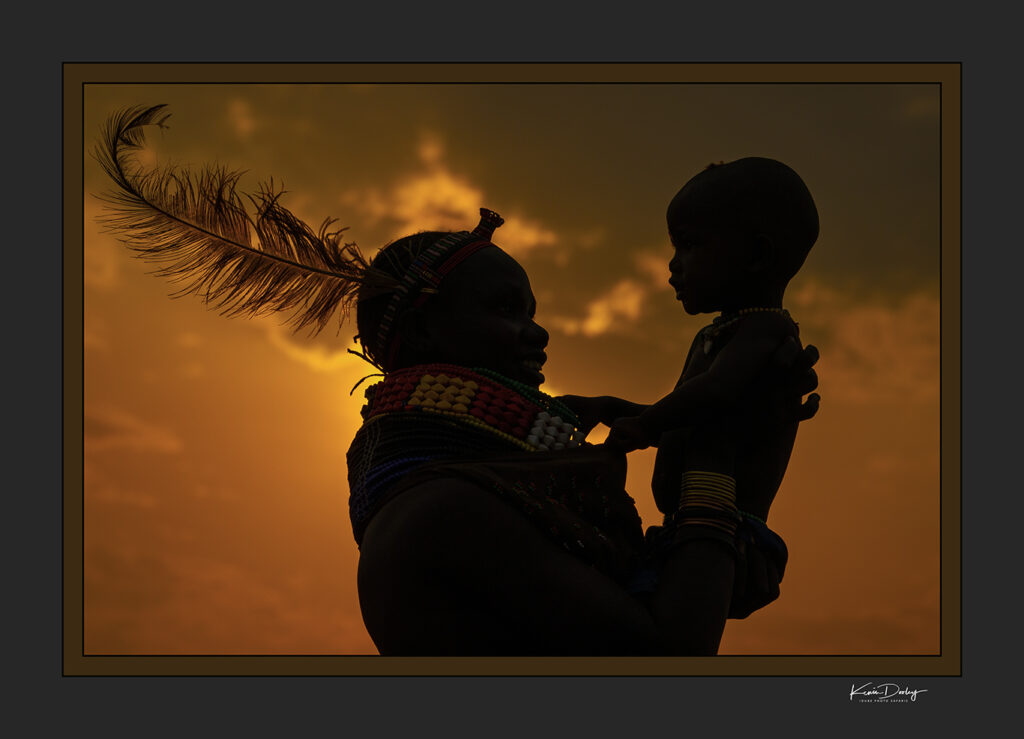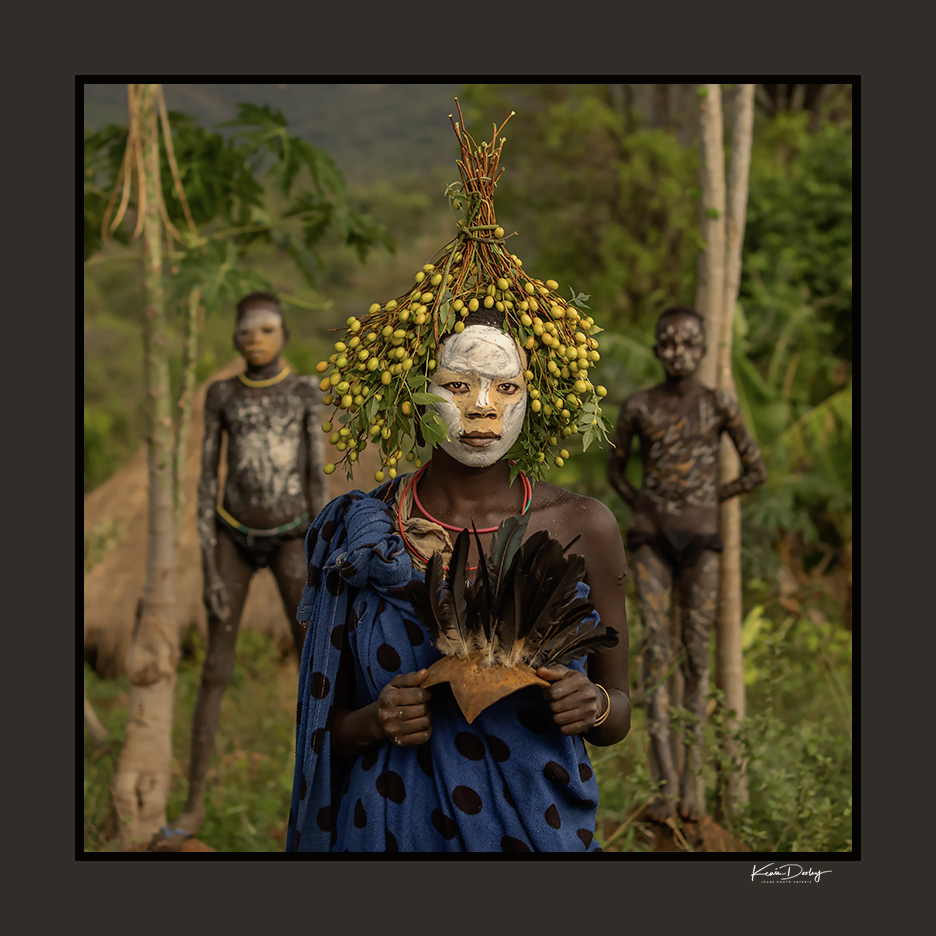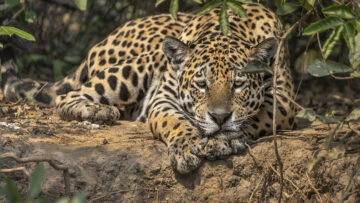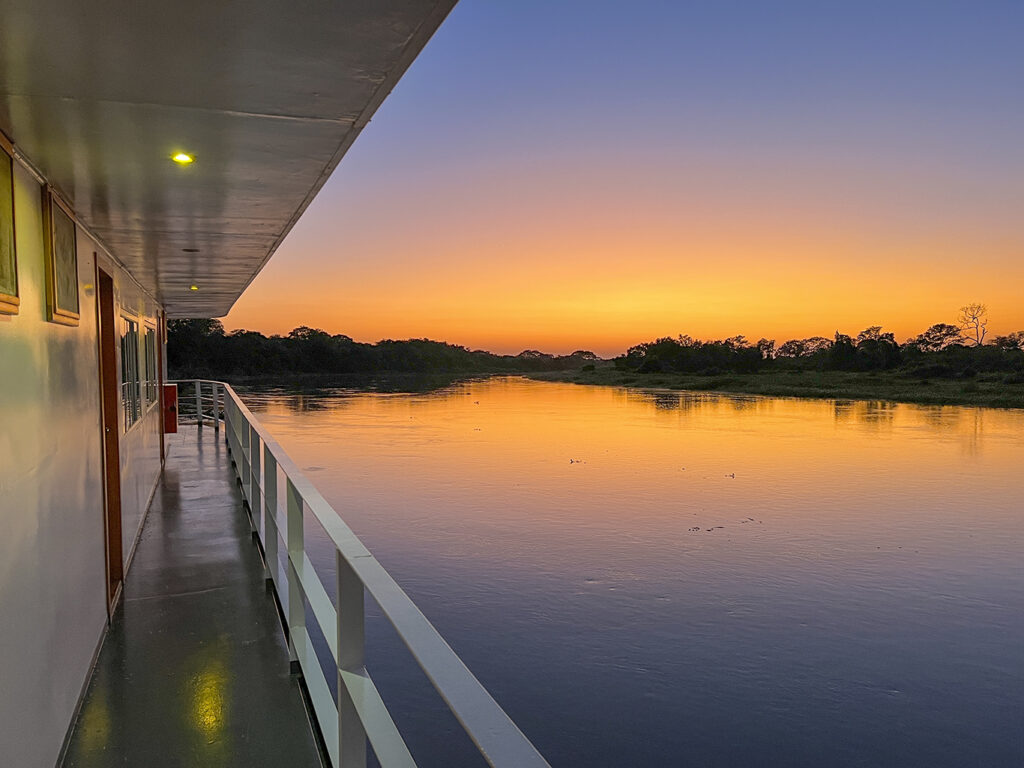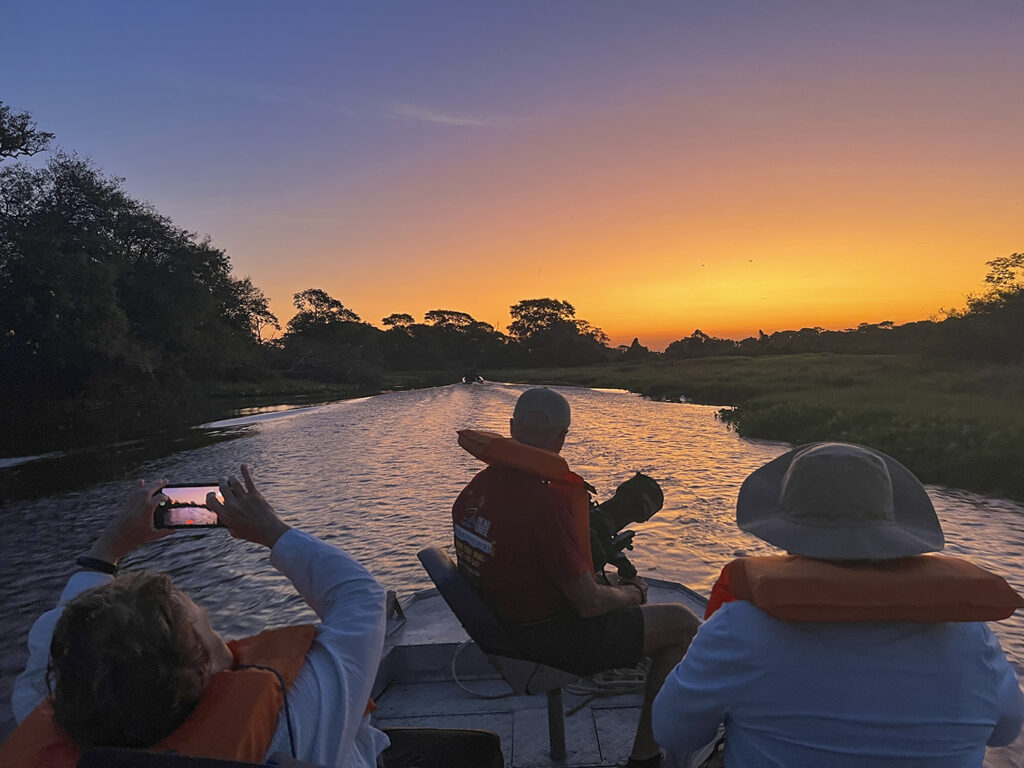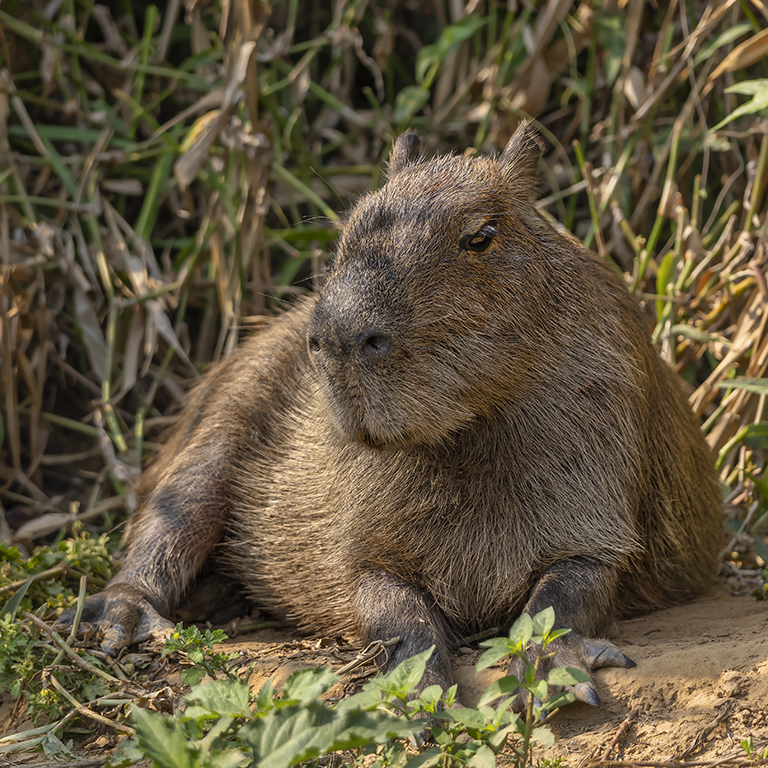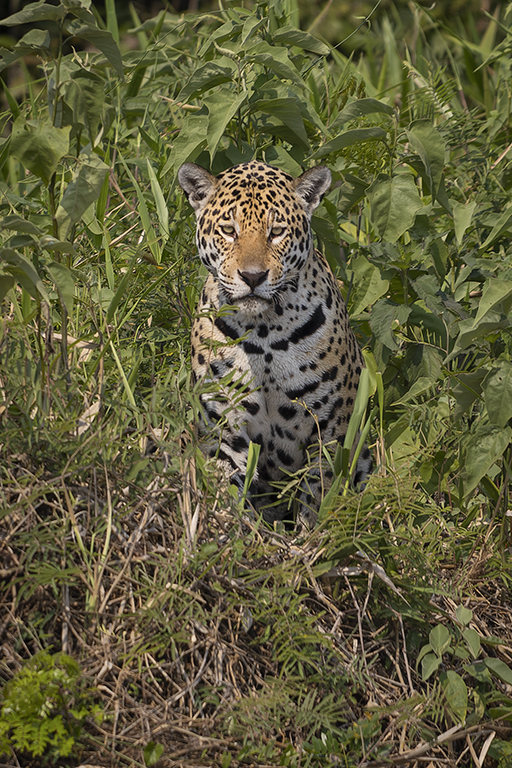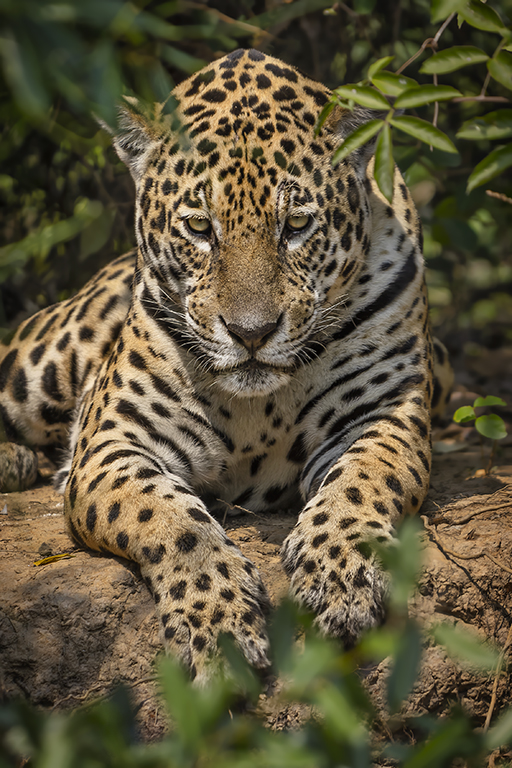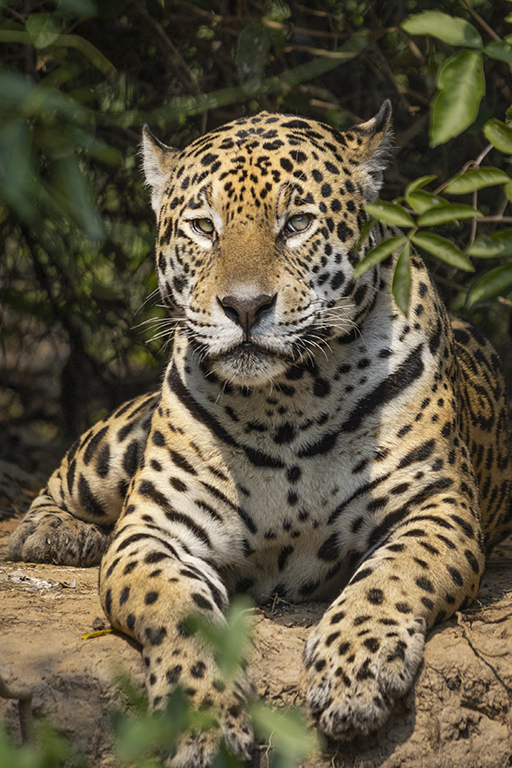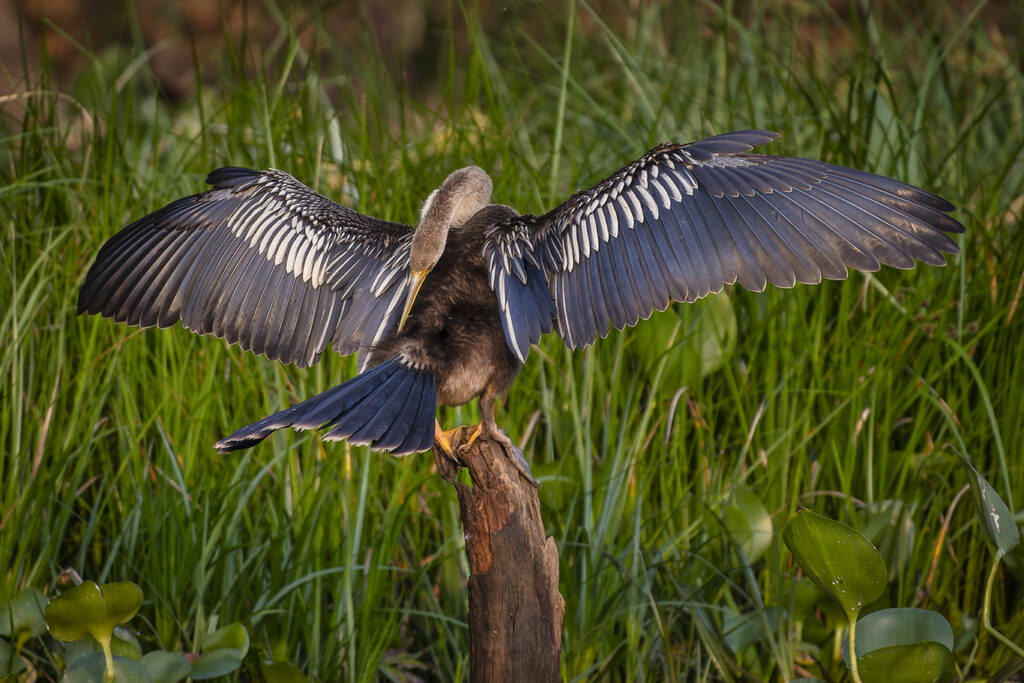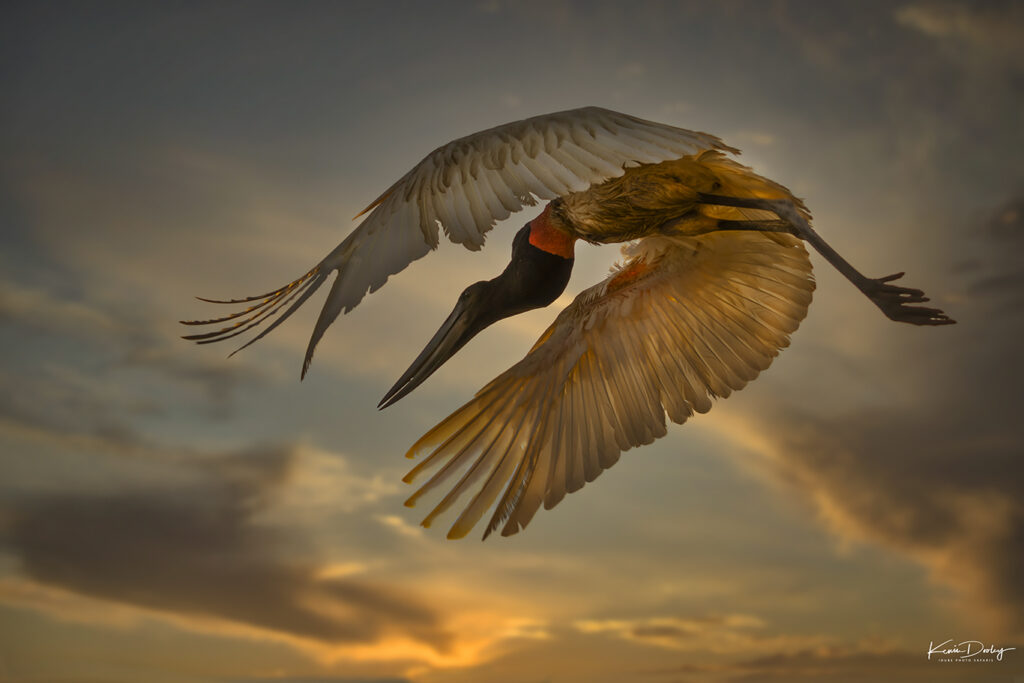Tribes of Ethiopia Safari March 2019
We are so excited to announce this one of a kind safari. Imagine spending time with the traditional people of Ethiopia and having hours of photography time to create stunning images. We will be in the heart of some of the most traditional and authentic traditions of Africa. Kevin Dooley will be available to assist in both posing and lighting techniques for those who want to partake in the workshop part of this journey. We will be selecting the best backgrounds and enhancing our images with both lighting and camera techniques. This is a small group of 6 to 8 people.
Call us now to sign up and travel with Kevin Dooley and Idube Photo Safaris. 505-345-6322
PHOTOGRAPHY TOUR TO THE REMOTE TRIBES OF THE Omo Valley
Travel Date: 14 to 20 March
Private Tour
TRIP HIGHLIGHTS
- Visit and photograph the most remote and authentic tribes in Africa
- Meet the Suri, maybe the most exotic tribe in the Omo Valley with their colorful body and face painting and clay lip plates
- See the daily life of the tribes
- Witness the rituals and traditions of the tribes
- Visit colorful tribal markets in different villages
- Enjoy the amazing landscape, nature, and birdlife of the Ethiopian Rift Valley
- Meet your ancestor Lucy at the National Museum in Addis Ababa
14 March to 17 March, 2019: Arrive Addis Ababa-Mizan-Surma (Meal: L/D)
Arrive at Bole International Airport (ADD), Addis Ababa, Ethiopia. Welcome to Ethiopia! Upon arrival, you will be welcomed by your tour guide and transfer to your charter flight to Mizan. An hour and 15 minutes charter flight will take us to Mizan where we will meet our vehicles.
We will have our picnic lunch in around Mizan and then head to deep to Sur Land, home of the exotic Suri tribes. ‘Exotic’ finds true meaning here. We will make it on time for late afternoon shooting session with the Suri tribes while they perform their daily activity along the Kibish River across our camping ground.
The Suri tribes are nomadic pastoralists and the men live in the cattle camps. They live on drinking raw blood and milk from live cows. During our stay at Kibish, we will visit cattle camps and witness rituals and cultural activities at different villages. There will definitely be many great photographic opportunities and a chance to interact with the tribes.
We will set up our mobile camp at Kibish, very close to the villages we will be visiting the following days. After a snack and when it is cooler, we will walk to the Kibish River where we will find the Suri tribes along the river. This will be a wonderful opportunity to photography the tribe in their daily activity in good light.
Here we will have another 3 full days to explore the Suri tribes. The Suri are one of the most attractive and decorative tribes in the whole of Africa. They paint their body in colorful detail and make various headpieces from wildflowers other natural ingredients. The women wear a lip plate made of clay. The bigger the plate, the more beautiful the woman is considered to be. The art on the body and the
scarification are created with thorns from trees and razor blades. You can’t help but feel that you are transported thousands of years back in time and witnessing an ancient tradition unchanged to this date isolated from the fast changing world.
In this captivating region, you will be privileged to witness age-old customs and rituals, learning of the symbolism that remains an integral part of everyday life.
Overnight: Camping at Kibish.
15 March: Full day explore Surma and the Suri Tribes
This morning we will have a session to do the cattle camp and we will have a chance to photograph different daily cultural activities including blood drinking straight out of the cattles vein.
Late afternoon, we will look for rituals and ceremonies across the Kibish River including the Donga Stick fight. This will create another great opportunity to photograph the Suri.
Overnight: Camping at Kibish.
16 March: Another day to explore Suri (Meal: B/L/D)
Re-do the sunrise and sun set photography session to some of the remotest tribal villages of the Suri, the true living tribal people living in the ancient undiluted way in the whole of Africa.
17 March:Drive from Kibish -Nyangatom-Turmi (Meal: B/L/D)
Today, we will rise early for the drive to the other side of the Omo, the East Side Crossing the Kibish River, Omo National Park and Omo River.
While we drive from Kisbish to Turmi which will be our base for the last few days, we will have a chance to visits different tribal villages and stop at Nayngato Village for photography.
Isolated for millennia from the rest of the world, the beautiful Omo Valley is home to an exciting mix of many small and distinctive tribal groups. Amongst others, we find the Kara, the Mursi, and the Hamer — all of whom have retained their own unique customs and traditions. Lifestyles are as varied as the tribes themselves. Lacking any materials, culture, and artifacts common to other cultures, these tribes find unique ways in which to express their artistic impulses. Arbore women are well known for their long headdresses. The girls shave their heads to indicate virginity, and only start growing hair after marriage.
Our last destination for today is Turmi village, home to the beautiful nomadic Hamer tribe living beside the Keske River. The Hamer display an elaborate and diverse selection of body decorations. They are also identifiable for their high cheekbones, custom of elaborate beads, cowries, and leather, and thick copper necklaces. The Hamar women are striking with their beautiful colorful beaded skins, ornate necklaces, and metal bangles around their wrist and ankles. We hope to arrive at the lodge for late lunch and be in time to visit a Hamer village with good light for photography.
For the next 3 nights, we will be based here at Turmi village, the center of the Hamer tribe and other tribes living in the surrounding area. This will give us a great chance to attend different rituals including the Evangadi dance and bull jumping ceremonies in some of the off-road tribal villages. This base allows us to be flexible and capitalize on all the photographic opportunities in the area. During our stay in Turmi, we will also visit the Abore and Dassanech tribes.
Overnight: Buska Lodge
18 March: Turmi-Desanech Tribes-Hammer (Meal: B/L/D)
This morning, we will start early to cross the river Omo by boat to make it while the light is so good to photograph the beautiful tribes of the Dessanech.
The Dassanech are a semi-nomadic tribe living on the shores of the Omo River. Their clans stretch across Sudan, Kenya, and southern Ethiopia. They are known for their very unique and ornate hair buns. Both the Surma and the Kara, for example, are experts at body painting, using clays and locally available vegetable pigments to trace fantastic patterns on each other’s faces, chests, arms, and legs. These designs are created purely for fun and aesthetic effect, each artist vying to outdo the others.
In the afternoon, we will look for cultural activities across the Keske River to witness Bull Jumping ceremony performed by the Hamer.
Overnight: Buska Lodge
March 19: Turmi-Karo-Hammer
Today, early morning, we will head to the Kara tribe, who reside on the shore of the Omo River. The Kara are the masters in body and face painting, which they practice on a daily basis. Before their rituals and dances, they carefully paint their faces and body as well as the faces of their friends using various-colored soil, minerals, plant pigments, flowers, white chalk, and black charcoal. Men are decorated with red clay hair buns they have prepared for days.
Late in the afternoon, we will visit one of the Hamer Villages to participate in Evangadi Dancing, Dancing with the moon performed around the fire by Hamer Boys and Girls.
Overnight: Buska Lodge
20 March : Turmi-Jinka-Addis Ababa-Departure (Meal: B/L/D)
After having an early breakfast, we will head to Jinka to take our commercial flights to Addis Ababa leaving Jinka around Mid day.
The rest of the day, city tour of Addis Ababa which includes: National Museum, Ethnographic Museum and Merkato, the largest open air market in Africa.
The national museum is one of the best museums in quality and diversity of the exhibits. Archeological exhibits include the 3.5 million-year-old fossil of Lucy (or Dinkinesh – ‘thou art wonderful’- in the native language), a hominoid woman of the specious of Australopithecus Afarensis. The discovery of Lucy’s fossil in 1974 forced a complete rethink of human genealogy, providing that our ancestors were walking 2.5 million years earlier than had been supposed. The National Museum also contains many wonderful artifacts dating back to pre-Axumite civilization.
In the evening, there will be Grand Holidays’ complimentary farewell dinner party with traditional special buffet and local drinks. There will also be live cultural dance show of the different ethnic groups living in the country. There will not be any better way of ending a trip. At the end of the farewell dinner, transfer to Addis Ababa airport for the flight back. End of tour!


